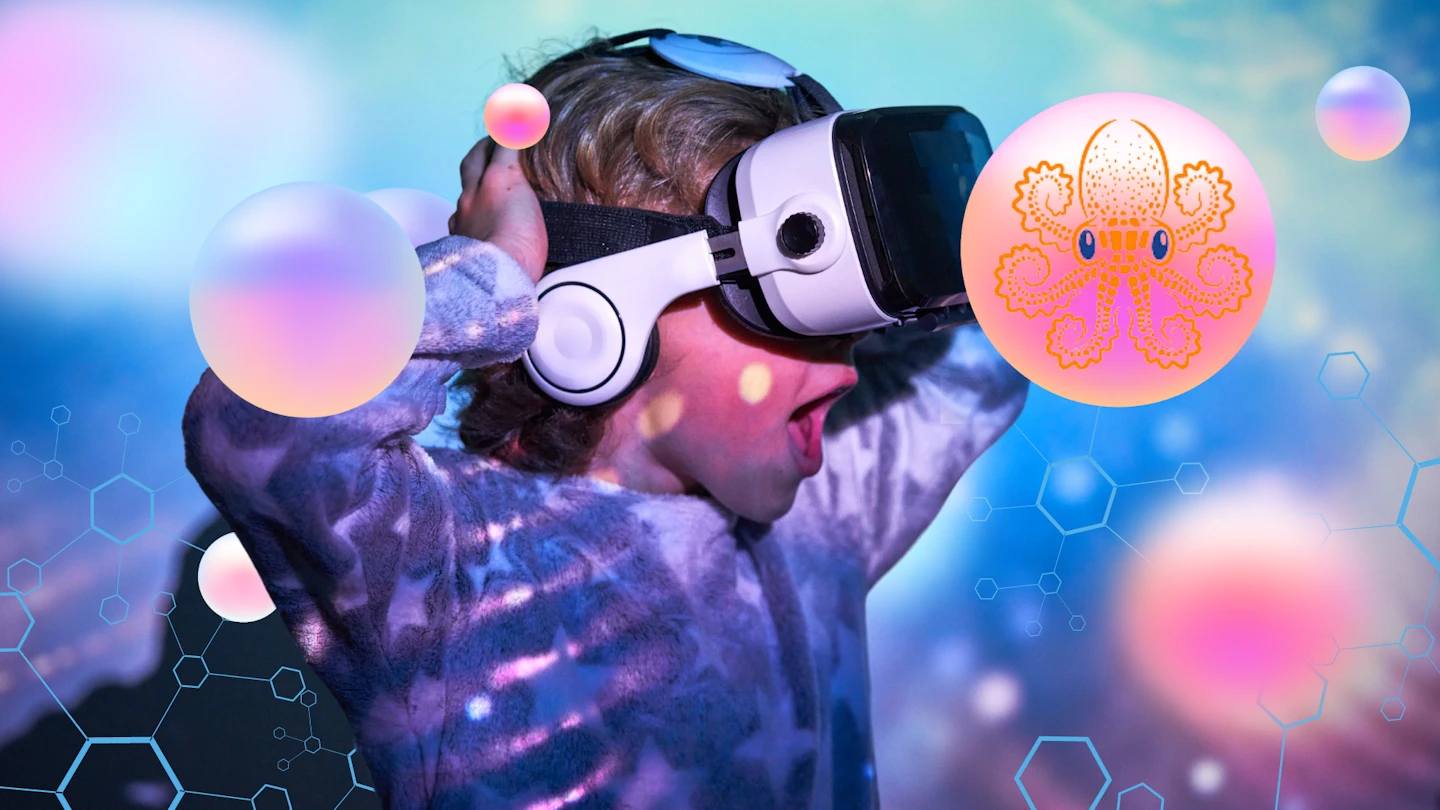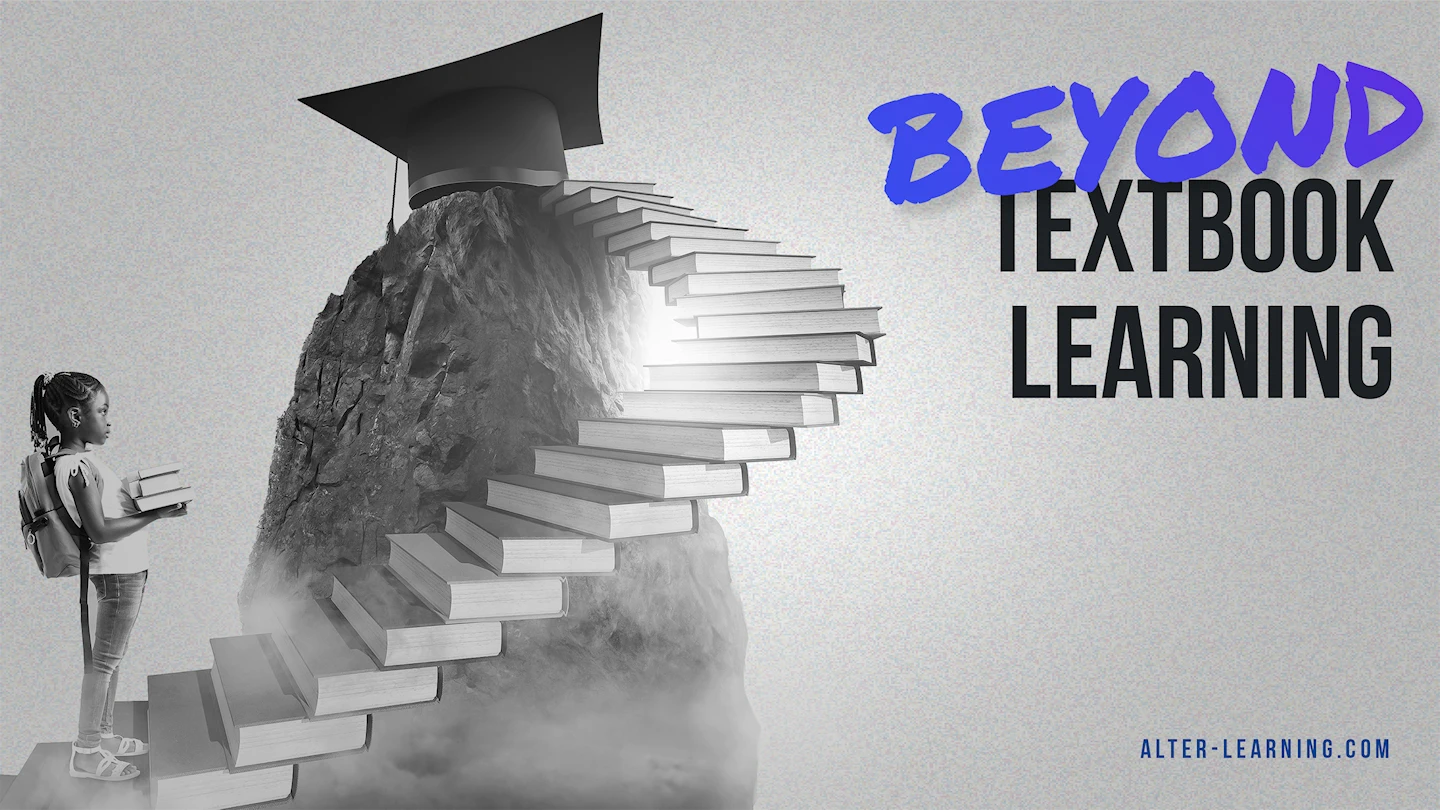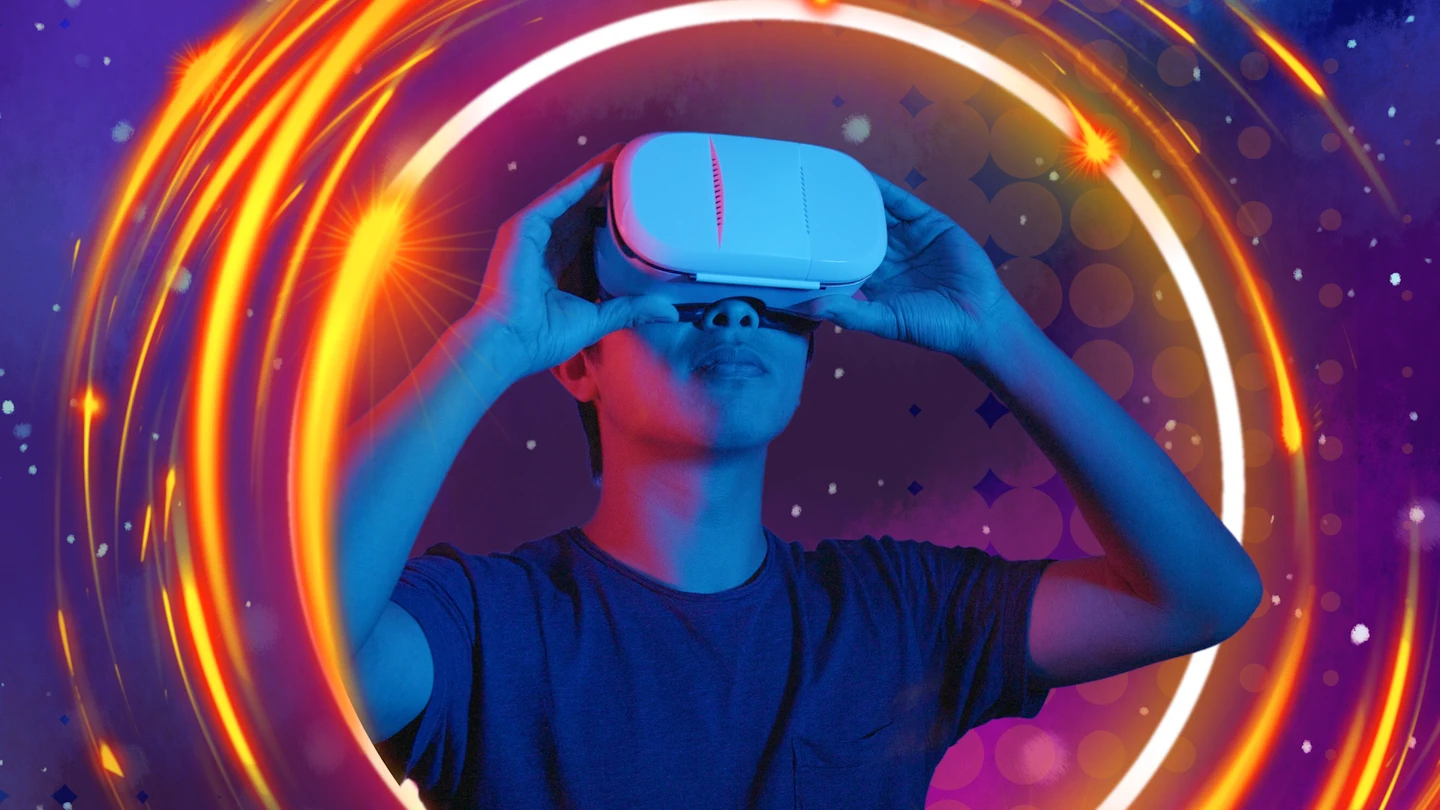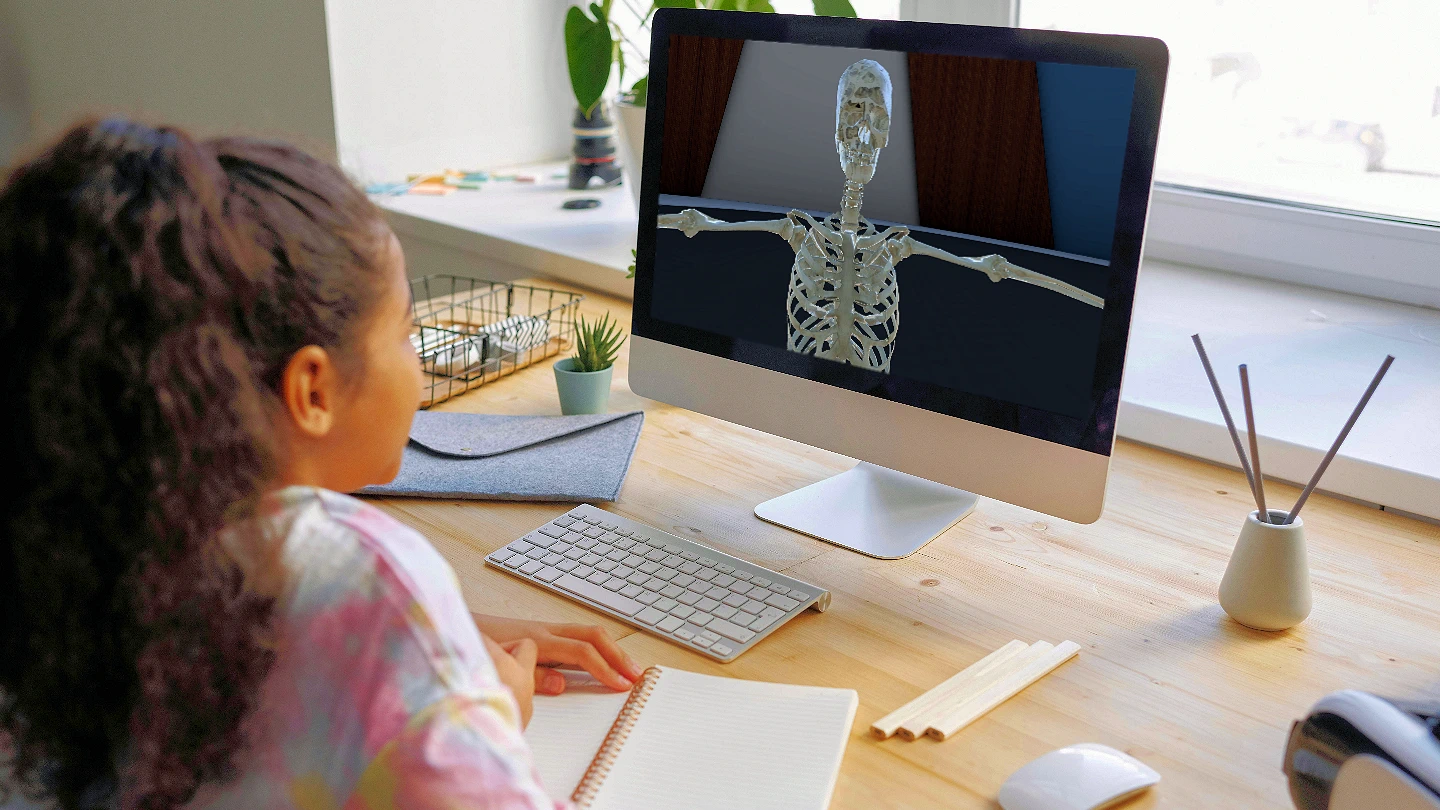The Arrival of VR in Neurodiverse Education
Virtual Reality (VR) is a dynamic tool that has the potential to fundamentally transform learning for K-12 students. Students with neurodiverse learning styles stand to benefit from this powerful new technology alongside their mainstream peers. Neurodiversity encompasses a range of neurological conditions, including but not limited to dyslexia, autism, ADHD, and sensory processing disorders. By utilizing VR technology specifically designed to meet the needs of neurodiverse students, teachers can create inclusive and stimulating learning environments that meet these learners’ diverse needs.
Virtual Reality and Neurodiverse Students
VR transports users to computer-generated environments through the use of specialized headsets and other sensory equipment. Also called Immersive Virtuality Reality, IVR presents a unique chance for neurodiverse students to interact with course material in a personalized and dynamic way. Through VR, users can engage in experiential learning and skill development that goes beyond the constraints of conventional teaching methods.
- Personalized Learning
- VR systems can be customized to match each student’s learning profile, ensuring they receive the support needed to thrive academically. A well-crafted digital environment can cater to individual learning styles, strengths, and challenges, making lessons more effective.
- Sensory-Friendly Environments
- For students with sensory processing disorders, predictable and sensory-controlled settings are essential for effective learning. VR can create these types of environments, allowing students to engage with academic content in virtual spaces where sensory input is carefully managed.
Essential Benefits of IVR for Neurodiverse Students
The immersive nature of VR offers several unique advantages for neurodiverse learners, enabling educators to support their academic, social, and emotional development.
- Academic Skill Building: VR can facilitate interactive learning experiences, such as virtual math manipulatives or language immersion, that reinforce vital academic concepts tailored to neurodiverse learners’ needs.
- Enhanced Focus and Engagement: VR’s captivating nature helps neurodiverse students maintain concentration while minimizing distractions, fostering a supportive learning atmosphere.
- Improved Executive Performance: VR can target core executive functioning skills, such as planning and organization, through structured experiences, equipping neurodiverse students with essential life skills for both academic and personal success.
- Development of Social Skills: VR simulations provide a safe environment for neurodiverse learners to practice social interactions and communication skills. Through role-playing scenarios, students can learn social cues, turn-taking, and perspective-taking, helping them build confidence in real-life social situations.
- Sensory Integration Therapy: Immersive VR experiences can aid in sensory integration therapy. Helping students manage sensory overload and develop coping mechanisms for various overwhelming sensory inputs.
Overcoming Obstacles and Barriers to Implementing VR
While VR offers immense potential to enhance learning for neurodiverse students, there are challenges to overcome, including cost, accessibility, and the need for teacher training.
- Ensuring Accessibility: To create inclusive VR experiences, developers should prioritize features that accommodate diverse needs, such as adjustable settings, alternative input methods, and sensory-friendly designs.
- Cost-Effective Solutions: Educators can explore affordable VR headsets and software, seek grants, or collaborate with community organizations to make VR more accessible in the classroom.
- Continuing Professional Development: Teachers need comprehensive training and ongoing support to integrate VR effectively into the learning experiences of neurodiverse students. Collaborative, multi-school VR initiatives can provide the necessary resources and expertise.
VR/AR Games with Focus
Alter Learning’s Game Flores, designed in collaboration with Dr. Simona Rainis, is designed for children on the autism spectrum to practice executive function and planning skills and to collaborate with other children who are also growing flowers in the game. Dr. Rainis works at ERSA, an Italian agency for rural development, and brings her agricultural knowledge to the table.
Summary
Immersive VR experiences can aid in sensory integration therapy, helping students manage sensory overload and develop coping mechanisms for various sensory inputs. Virtual Reality (VR) holds transformative potential for K-12 education, especially for neurodiverse students, including those with conditions like dyslexia, autism, and ADHD. By creating immersive and personalized learning environments, VR enhances engagement and academic skill development tailored to individual learning profiles. It provides sensory-friendly spaces, improves focus, and fosters social skills through interactive simulations. While challenges such as cost and accessibility exist, effective implementation can be achieved through prioritizing inclusive design, seeking cost-effective solutions, and providing ongoing teacher training and support.




